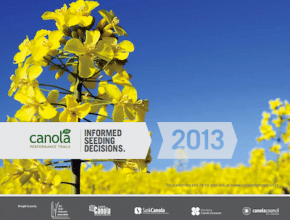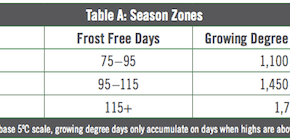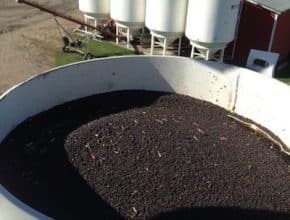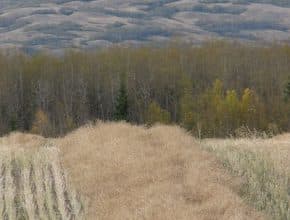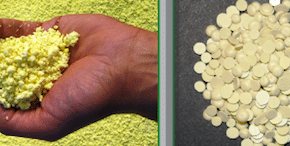CCA Quiz 2013 answer key…
Canola Watch Posts
-
-
Results from the 2013 Canola Performance Trials are uploaded to the site at www.canolaperformancetrials.ca. Compare varieties by yield, days to maturity, lodging and height. Also compare 2013 results to 2012 and 2011. If clubroot has moved into the area, this might be the year to consider a clubroot resistant variety — if you haven’t already. November is a good month…
-
-
Clubroot-resistant canola is the best tool available to limit disease damage in fields infested with clubroot. However, an effective overall clubroot management strategy has to be top of mind in all years, not just canola years. As a soil borne disease, clubroot can spread no matter what crop is grown on a field. Any pass with the drill or cultivator,…
-
When outside air is colder than stored canola, another moisture cycle begins within the bin. The grain mass on the outside edge cools first. This colder air migrates down through grain along the bin wall then up through the central core, picking up warmth and moisture along the way. This creates a pocket of humid and warmer air at the…
-
With reports of better than average yields for many regions of the Prairies, that means higher than average nutrient uptake and removal. Growers will not have a chance to repeat these canola yields in 2014 without some close attention to soil nutrient reserves and, quite likely, higher fertilizer rates. Fall is a good time to test the soil nutrient situation…
-
-
High yielding canola and cereal crops will have drained the soil of a lot of nutrients. Taking good soil samples will help determine how much is left, and how to adjust fertilizer rates for the 2014 crop. Avoid sampling areas that may exaggerate the soil test readings. These areas include low spots, sandy ridges, old yard sites, hilltops, saline areas…
-

